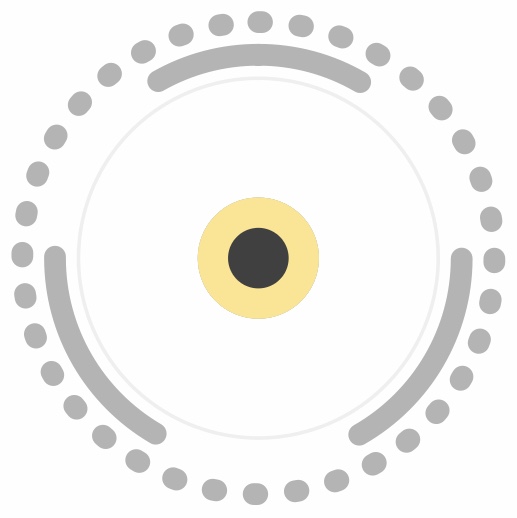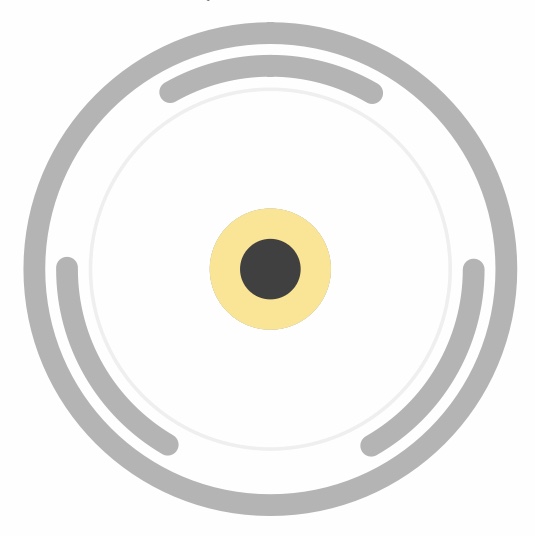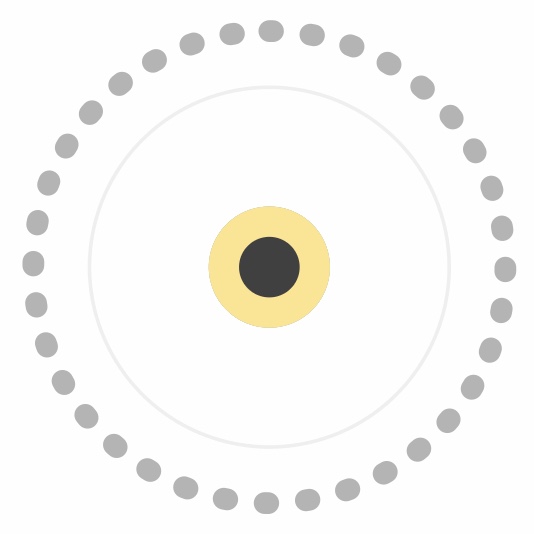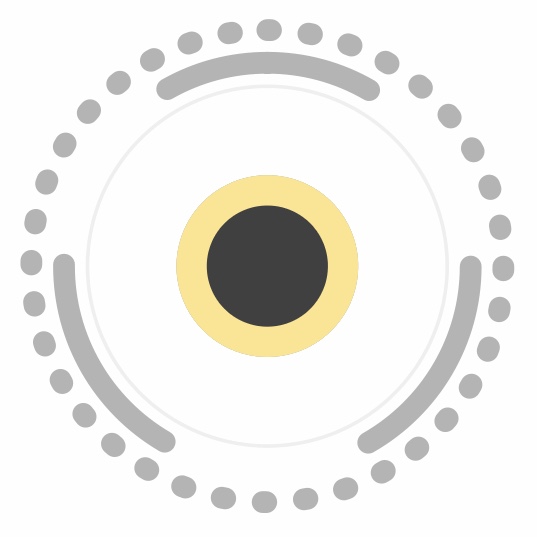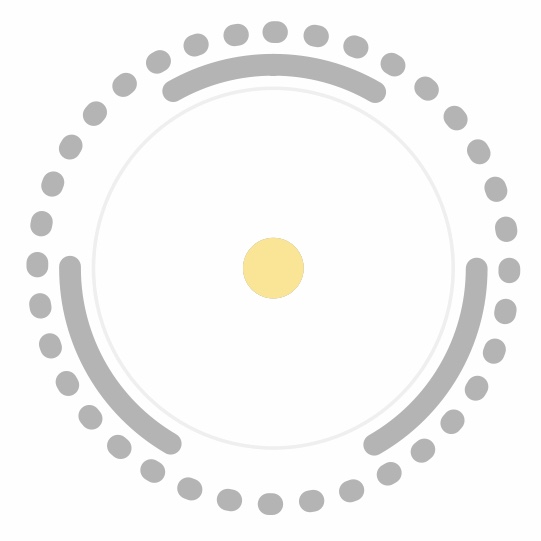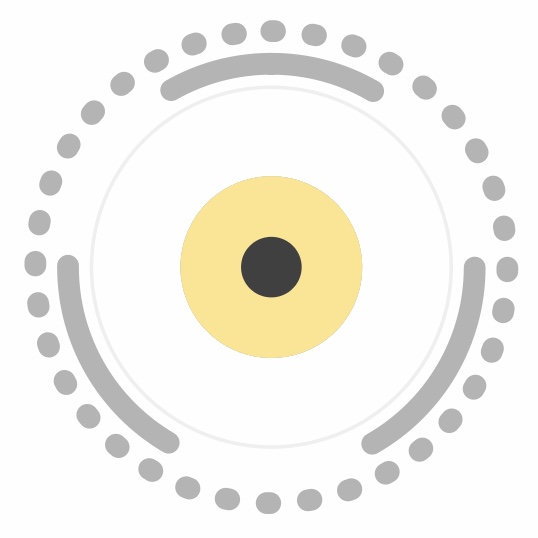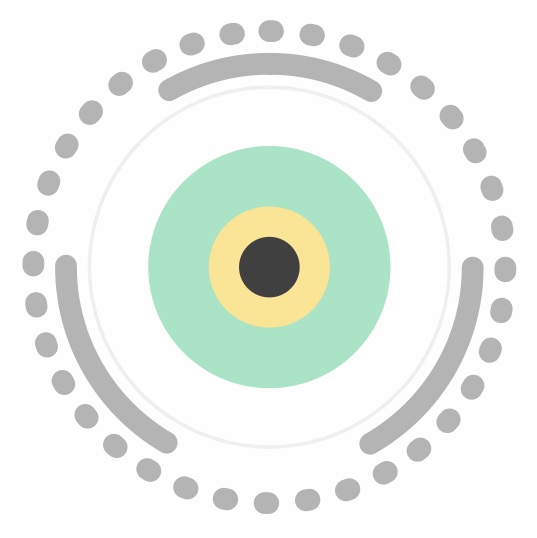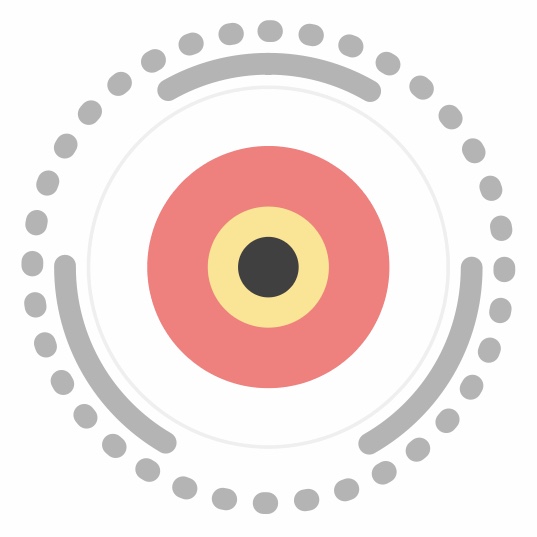
The Impact Widget
An interactive tool for visualising impact scores
- Step 1 [of 3] -
|
||
|---|---|---|
|
What entity is this about?
|
Where did the data come from?
|
What is your name?
(or who weighted the impact score?) |
Watch how the widget changes when you adjust the sliders |
|||||||
| Impact score | Weighted impact score | ||||||
|---|---|---|---|---|---|---|---|
|
Set the individual impact scores for each category
|
How important is each category of impact to you?
|
||||||
|
Purpose:
(Corporate aims, mission and positive intentionality)
|
Purpose (weighted):
|
||||||
|
Practice:
(Proactive transformation towards positive purpose)
|
Practice (weighted):
|
||||||
|
People:
(Foundations of social wellbeing)
|
People (weighted):
|
||||||
|
Prosperity:
(Equitable governance & fair distribution of proceeds)
|
Prosperity (weighted):
|
||||||
|
Planet:
(Ecological planetary boundaries)
|
Planet (weighted):
|
||||||
2019 © iSumo (developed by EngagedX)
- Step 3 [of 3] -
|
|||
|---|---|---|---|

